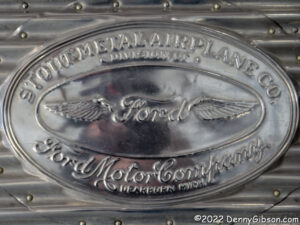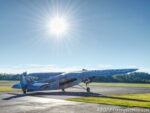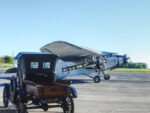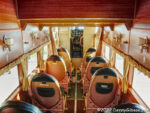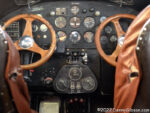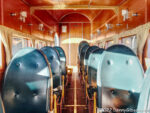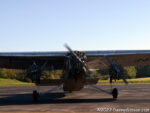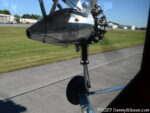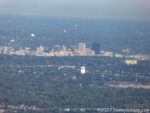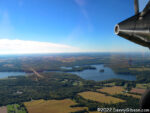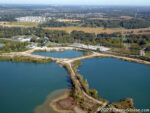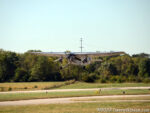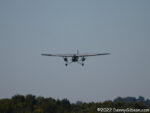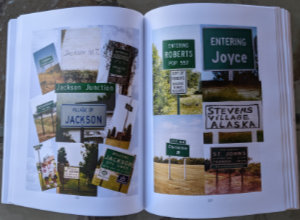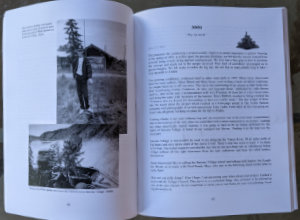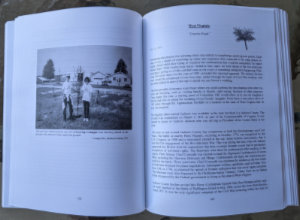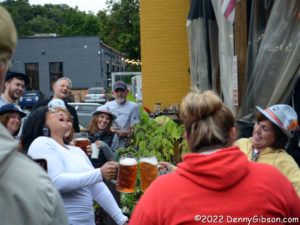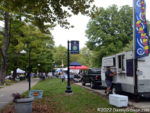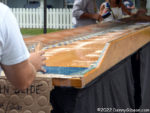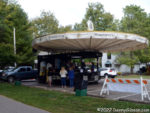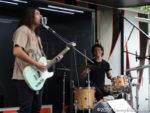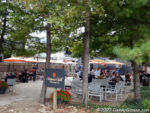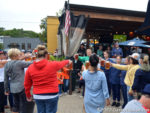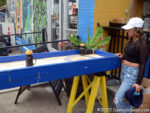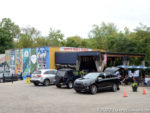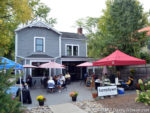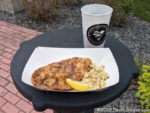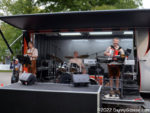I’m embarrassed. After publishing an almost identical article for seven years, I dropped the ball in 2021. I was a little busier than usual in the weeks preceding the election so that may be partly to blame. The 2021 elections were rather low-profile contests, especially compared to 2020, so that could be part of the reason too. Or maybe all those people still trying to affect the results of the 2020 elections hid the fact that a new election season was upon us. Well, there’s no hiding that the 2022 election season is now REALLY upon us even as people are still trying to affect the election of 2020 and it’s starting to seem like campaigning is not a seasonal thing at all but a permanent condition.
The economy and abortion are understandably major issues in this election but neither is, in my opinion, the defining issue. When I made my first pre-election post in 2014, my concern was the scary percentage of Americans who were able to vote but did not. The post cited some historic steps in increasing the number of Americans able to vote. Today the direction those two items are moving seems to have reversed. The percentage of eligible voters voting has increased but so have efforts to reduce the number of eligible voters. In addition, all the tricks, such as gerrymandering, to reduce the effectiveness of some votes, are at least as common as ever. It’s natural, of course, for politicians to be concerned with winning but they shouldn’t be concerned only with winning.
“Winning isn’t everything; it’s the only thing,” is a quote attributed to more than one sports figure and often the more cynical among us pretend that it’s true. But even in professional sports, most of us want the winning to be done fairly. We do not, for example, allow the winner of the World Series to unilaterally make the rules for the next season. We should be at least as concerned with fairness in selecting who represents us in our government as in declaring game winners.
There have always been politicians to whom winning is more important than any principles they might hold but their numbers seem to have dramatically increased in recent years. That increase is at least partially behind a recent Adam Kinzinger quote I’ve been thinking about a lot. Adam and Liz Cheney, neither of which will return to congress next year, are the only Republicans on the House Select Committee to Investigate the January 6th Attack on the U.S. Capitol. When his response to the attack on Paul Pelosi was compared to some others he said, “By the way, Liz and I are not courageous. There’s no strength in this. We’re just surrounded by cowards. And then complete contrast to cowardism, it looks like courage when it’s just your bare duty.”
 We fought a war to get this country going then gave every land-owning white male above the age of twenty-one the right to vote. A little more than fourscore years later, we fought a war with ourselves that cleared the way for non-whites to vote. Several decades of loud, disruptive, and sometimes dangerous behavior brought the granting of that same right to non-males a half-century later, and another half-century saw the voting age lowered to eighteen after a decade or so of protests and demonstrations.
We fought a war to get this country going then gave every land-owning white male above the age of twenty-one the right to vote. A little more than fourscore years later, we fought a war with ourselves that cleared the way for non-whites to vote. Several decades of loud, disruptive, and sometimes dangerous behavior brought the granting of that same right to non-males a half-century later, and another half-century saw the voting age lowered to eighteen after a decade or so of protests and demonstrations.
 Of course, putting something in a constitution does not automatically make it a practice throughout the land and I am painfully aware that resistance followed each of those changes and that efforts to make voting extremely difficult for “the other side” are ongoing today. I don’t want to ignore partisan obstructions and system flaws but neither do I want to get hung up on them. I meant my first paragraph to be a reminder that a hell of a lot of effort, property, and lives have gone into providing an opportunity to vote to a hell of a lot of people. Far too many of those opportunities go unused.
Of course, putting something in a constitution does not automatically make it a practice throughout the land and I am painfully aware that resistance followed each of those changes and that efforts to make voting extremely difficult for “the other side” are ongoing today. I don’t want to ignore partisan obstructions and system flaws but neither do I want to get hung up on them. I meant my first paragraph to be a reminder that a hell of a lot of effort, property, and lives have gone into providing an opportunity to vote to a hell of a lot of people. Far too many of those opportunities go unused.
We may be getting slightly better, however. 2018 turnout set a record for midterm elections as reported in this Vox article. According to this Pew Research article, turnout was even better in 2020 although the United States continues to trail most of the world’s democracies. It was in the 2020 version of the Pew Research article that I noticed something that I simply hadn’t realized previously. The United States has the greatest difference between the percentage of voting-age population (VAP) actually voting and registered voters actually voting. In many countries, there is no difference at all since to be a citizen is to be allowed to vote. In other countries, the difference is trivial. In the U.S. presidential election of 2016, it was a whopping 31.1% (86.8-55.7). It was even a little bigger in 2020 at 31.3% (94.1 – 62.8). In 2020, I found that startling so I guess I can’t be startled by it again. However, I can be and am dismayed. The problem does not seem to be getting registered voters to the polls; 94.1% is an impressive turnout. The problem is getting people registered. That’s sinking in very slowly.
 I first posted the core of this article in 2014. In the original title, I claimed to not care how anyone votes. That was never entirely true, of course. I have my favorite candidates and issues. I’ll be disappointed in anyone who votes differently than I do but not nearly as disappointed as I’ll be in anyone who doesn’t vote at all. I’m reminded of parents working on getting their kids to clean their plates with lines like, “There are hungry children in China who would love to have your green beans.” I’m not sure what the demand for leftover beans is in Beijing these days but I’m pretty sure some folks there would like to have our access to ballots and voting booths.
I first posted the core of this article in 2014. In the original title, I claimed to not care how anyone votes. That was never entirely true, of course. I have my favorite candidates and issues. I’ll be disappointed in anyone who votes differently than I do but not nearly as disappointed as I’ll be in anyone who doesn’t vote at all. I’m reminded of parents working on getting their kids to clean their plates with lines like, “There are hungry children in China who would love to have your green beans.” I’m not sure what the demand for leftover beans is in Beijing these days but I’m pretty sure some folks there would like to have our access to ballots and voting booths.

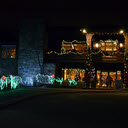
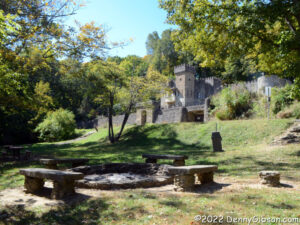

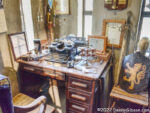


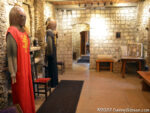

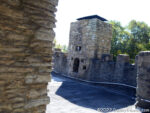
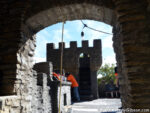
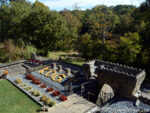
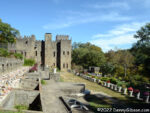
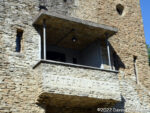
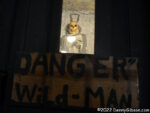
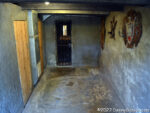
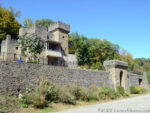
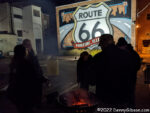

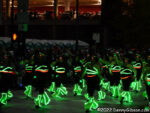
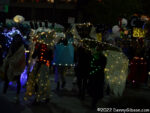
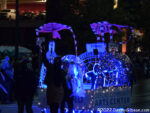
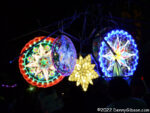
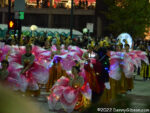
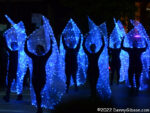
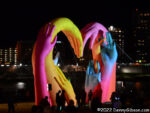
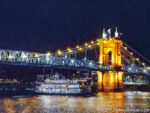
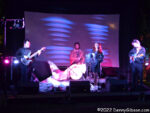
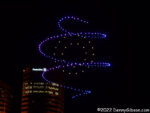

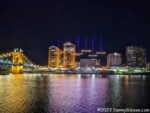
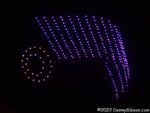
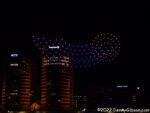
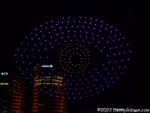
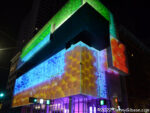
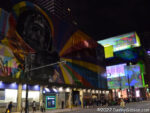

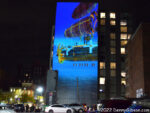


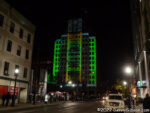
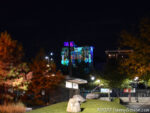

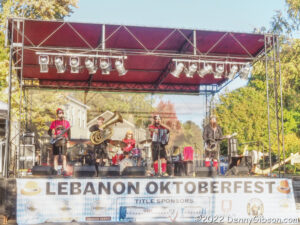
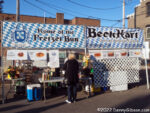
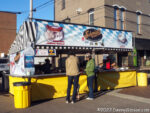

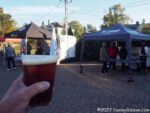
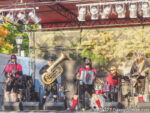
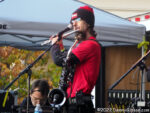
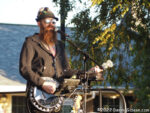
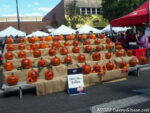



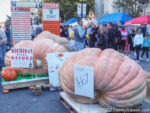
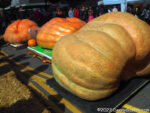
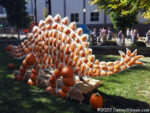
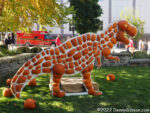
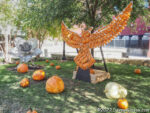
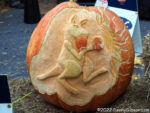
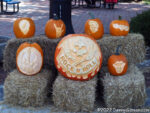
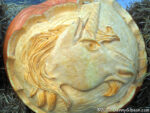
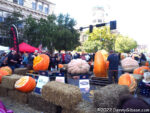
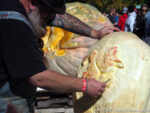
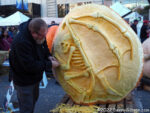
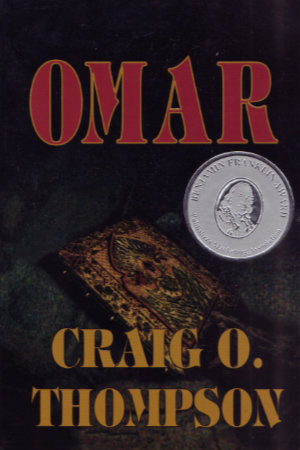 This makes two consecutive book reviews that are seriously belated and that’s hardly their only connection. I wasn’t even aware of either the book or its author when I arrived at the 2022 Lincoln Highway Association conference but, John Jackson, co-author of
This makes two consecutive book reviews that are seriously belated and that’s hardly their only connection. I wasn’t even aware of either the book or its author when I arrived at the 2022 Lincoln Highway Association conference but, John Jackson, co-author of 